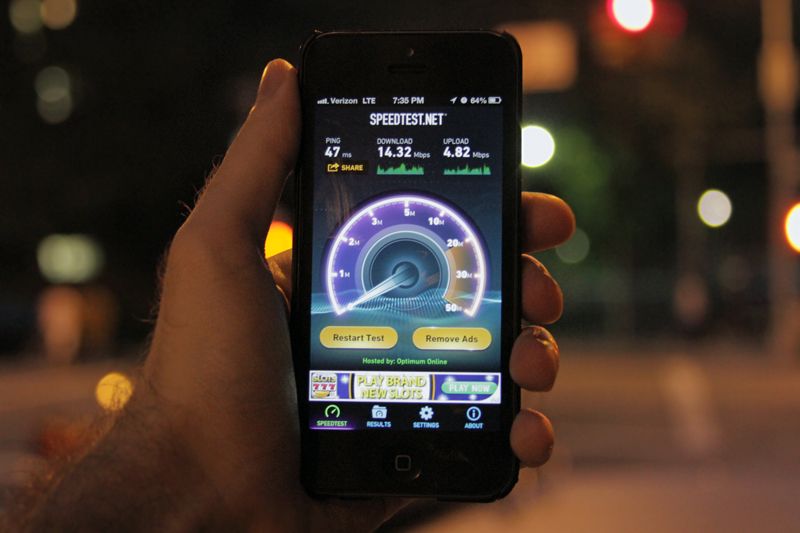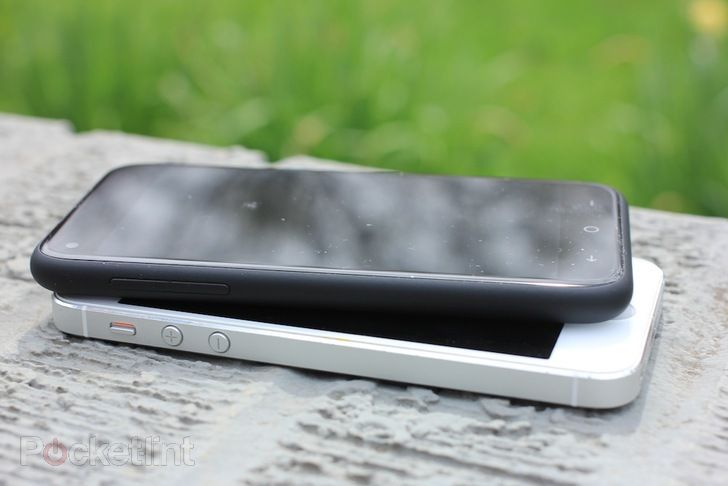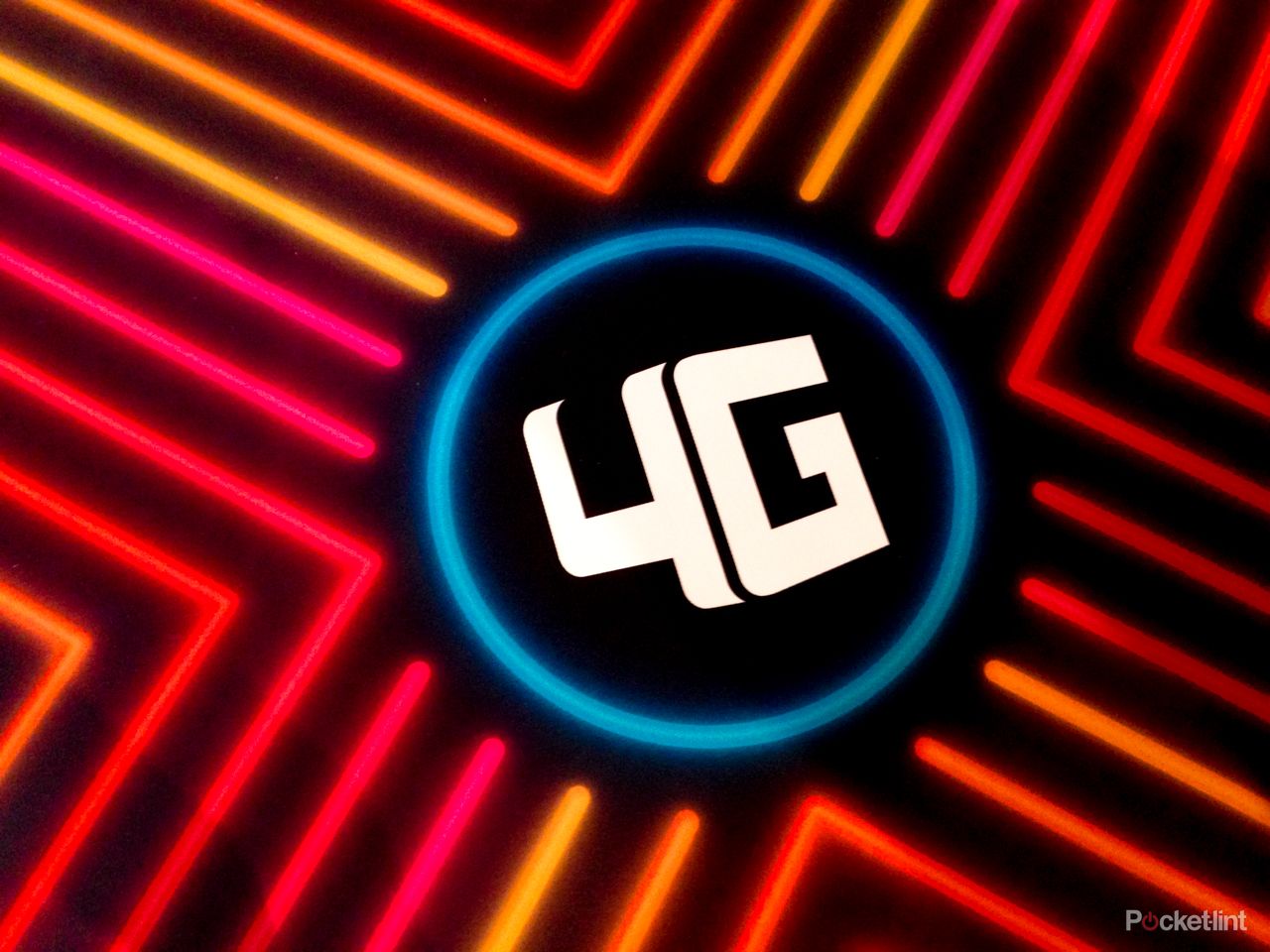With 4G networks launched from O2, Vodafone, EE and now Three, customers in the UK are just now getting their first real taste of the upgraded network. That may be exciting, but UK customers are a bit late to the party, and lets not forget that the rollout isn't even close to completion (or seriously getting started).
Across the vast ocean, things are a bit different. Customers in the US have had the pleasure of testing 4G LTE since the beginning of 2011. Since then, the network technology has rolled out to a sizable chunk of the country - from coast to coast.
Thanks to the quick rollout (that's still continuing) by Verizon and AT&T, and now recently T-Mobile and Sprint, fuelling off each others' marketing hype, 4G LTE has become second nature for most US customers. After the networking technology launches in their city, it's just something a smartphone connects to and they forget about.
So we asked our US team (consisting of US news editor Jake Smith and contributing editor Elyse Betters): how has your 4G LTE experience been? Is it something users in the UK should get exhilarated about - or is the real excitement going to come when LTE-Advanced hits in the next couple of years?
Elyse Betters
Ask network subscribers what they think about 4G LTE and they'll most likely focus on speed, but not me. I think about data congestion - or rather, a lack thereof.
Consumers believe 4G networks are much faster than 3G networks, and they are right for the most part. Here's the thing, though: US carriers aren't building and financing faster networks just so Americans can watch 1080p video while on the go. For them, it's also all about data congestion and capacity. Never mind this nonsense about speed.
The US market is filled to the brim with 3G devices, as well as data-hungry device owners, thus overwhelming network operators. So, over the last couple of years, carriers like AT&T, Verizon and T-Mobile have been upgrading their networks in order to handle everything.

The upgrades are especially noticeable in major cities like New York. If you live in Manhattan, you don't need the problem of congestion explained. But for everyone else, just imagine this: you're standing in the middle of Time Square at 2pm on a Saturday, and your iPhone is basically a glorified camera. You can't play games that require a connection, you can't send texts, you can't look up directions...you can't even place a call. That's what life was like (for me) before the LTE-capable iPhone 5 (finally) burst on to the scene, and it's what it continues to look like for countless Americans still saddled with 3G.
LTE is a necessity in the Big Apple and in other metropolitan areas across the US. It's rather like having a first-class ticket on an aircraft, where passengers can watch movies, order meals and just relax. Similarly, city dwellers can enjoy all sorts of luxuries when using a 4G LTE device on a 4G network: they can load Netflix, locate a nearby restaurant, video call a friend and more. The world is literally at their fingertips. This just isn't possible for network subscribers using 3G in urban areas. In fact, they might as well leave their phone at home. It's that bad.
In theory, 4G LTE can support download speeds of up to 100Mbps and upload speeds of up to 50Mbps. Nobody in the US actually sees these kind of speeds. For instance, in my neighborhood of Manhattan, I typically see download speeds between 5Mbps to 12Mbps. However, on the rare occasion, such as when I speed-tested tonight, download speeds momentarily spiked up to 16Mbps.
While all that might sound somewhat impressive and enticing to consumers in the UK stuck on 3G, let's put this into perspective: High-definition 1080p video requires a 5Mbps to 9Mbps download speed, and people using smartphones as hotspots will want download speeds nearer to 12Mbps. Also, keep in mind that average speeds typically go down as demand for bandwidth increases and as the network serves more devices. So, in a place like New York City, network subscribers might only have enough connectivity to use a souped-up, 4G-capable device as normal.
Simply put, 4G LTE speeds in the US just aren't that wow-worthy. But being on a network that's less bogged down was definitely a compelling enough reason for me to jump on board.
Jake Smith
You could say I was pretty late - like the UK - to the 4G LTE party. It's something I read about online for close to a year and a half, described as a dreamy network of nitro-injected speeds. Some even said 4G LTE tethering was faster than home broadband...and for some areas, I can see that being the truth.

November 2012 came and AT&T rolled out its 4G LTE network to Louisville, KY. I remember when it first hit my cell phone. I was standing in the middle of a street on a brisk autumn evening, excited to finally have the LTE symbol at the top of my iPhone gleaming with hopefulness of faster speeds. However, over the next few days, I suddenly began to realise the speeds really weren't too impressive.
The notion of 4G LTE had turned into something that lay dormant in the back of my mind. And to this day, I really don't think about it much. Sure, it may offer a bit of a speed boost over 3G in some situations, but it's nothing so noticeable as to get me excited. Doing a speed test for this article actually gave me some worrying results. According to the Speedtest application, I received faster 3G speeds than 4G LTE. It wasn't just one test either, but multiple throughout the day. Granted, some days it's the other way around. But not by much.
Perhaps the reason 4G LTE doesn't faze me is because my 3G service has never been too bad. Louisville, KY is fairly populated; I'm not out in the middle of nowhere by any means. Though even with the population (think suburbs), we still have very strong cell reception. So, when 4G LTE finally kicked on during that brisk autumn, it really wasn't doing that much for me.
Elyse and I have varying viewpoints, but they are each important and highlight the overall nature of 4G LTE in the US. For some customers, it's a necessary technology. For others, it's just something nice to have. The only moments I see 4G LTE make the biggest difference is when tethering. In my daily browsing of Twitter, the Pocket-lint homepage and Vine, I don't notice a difference.
Could I live without 4G LTE? Yes. Does that mean I'm going to disable it? No.
Have you been using 4G LTE in the US? Make sure to tell us your experience.

